- Register
- Log in to Tune-In
- Wishlist (0)
-
Shopping cart
(0)
You have no items in your shopping cart.
Beatles News
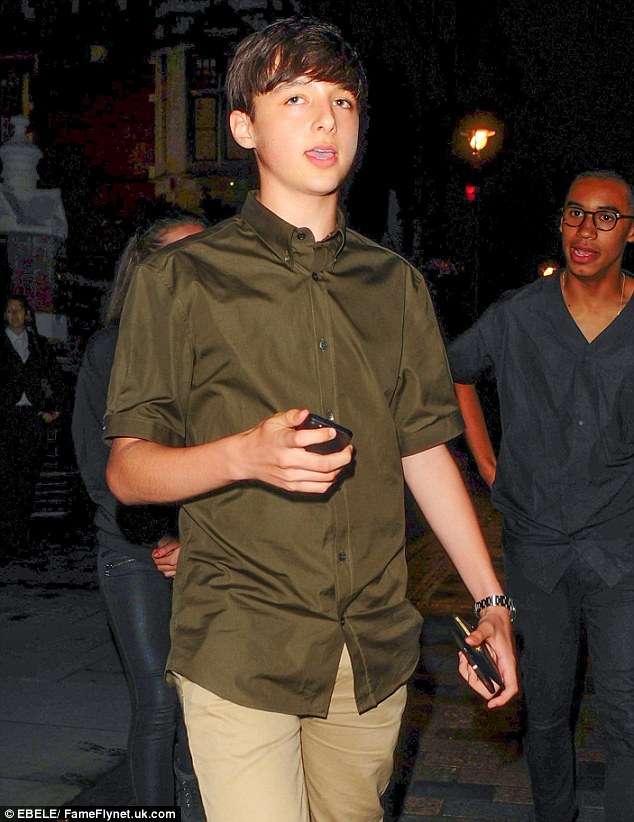 Accompanied by some friends, the teen looked smart in an olive shirt and chinos as he arrived at the Marylebone hotspot. Despite previously keeping a low-profile, young Arthur's decision to go the Chiltern of all places may suggest he is ready for his own bite at fameAlthough not a recognisable face in the public eye, there is no mistaking Arthur's famous lineage.
Accompanied by some friends, the teen looked smart in an olive shirt and chinos as he arrived at the Marylebone hotspot. Despite previously keeping a low-profile, young Arthur's decision to go the Chiltern of all places may suggest he is ready for his own bite at fameAlthough not a recognisable face in the public eye, there is no mistaking Arthur's famous lineage.
With his floppy side-sweeping fringe and brown doe-eyes, the teenager is a lookalike of his famous rock legend grandfather Sir Paul. Arthur, who turned 15 in April, is the eldest son of Mary, 44, and her first husband Alistair Donald. Born in 1999, he was the first grandchild for Sir Paul, making him the second Beatle to become a grandfather after bandmate Ringo Star. Arthur was joined by brother Elliot in August 2002 and grew up at the family home in North London. However, in 2005, Arthur's parents Mary and Alistair split up, before quietly divorcing at a later d details
To celebrate five years of Meat Free Monday the campaign is looking for your help to make a new fan video.
If you'd like to get involved, pick a line or two from Paul's song ‘Meat Free Monday’ (or pick every line if you want!) and take a photo of yourself with it. You could write the words on a piece of paper; draw them in the sand; make them out of fruit and veg; make something with the words on; do something on your computer – remember, the more creative your photo, the more chance you have of it being included. Feel free to involve friends, family and colleagues too! We will pick our favourites and turn them into a video for the song.
To download the song click HERE!
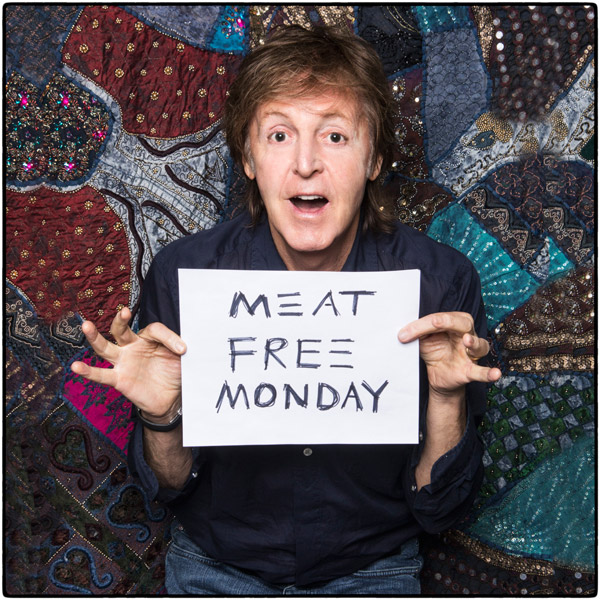
The lyrics are provided below (plus a few extra lines for when Paul isn't singing).
The video will be posted soon here on PaulMcCartney.com and at meatfreemondays.com...
< details
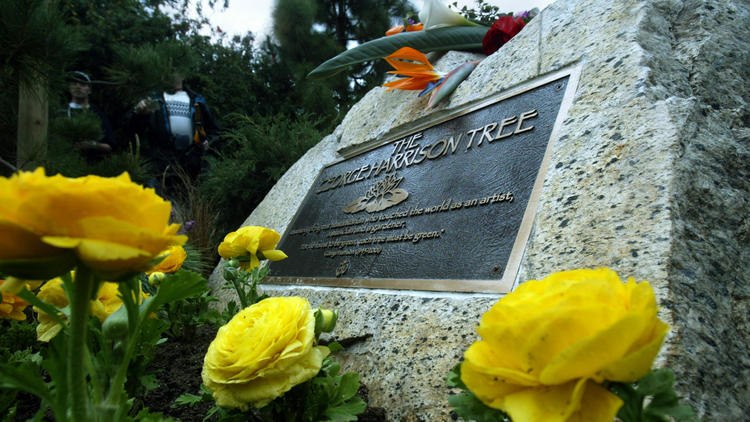
In a strange, ironic twist of fate, the pine tree planted in 2004 in memory of George Harrison in Los Angeles will need to be replanted because the original tree died as a result of insect infestation.
From the Los Angeles Times: "The memorial tree in Griffith Park had grown to more than 10 feet tall as of 2013, but LaBonge said the tree beetle onslaught was too much for the tree. Trees in Griffith Park have occasionally been the victims of bark beetles and ladybug beetles, among other tree-unfriendly creatures."
Yes, the George Harrison Tree was killed by beetles.
Except f
details
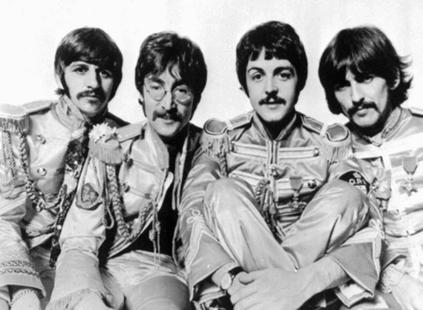 Fifty years ago on Aug. 11, 1964, the first Beatles film, A Hard Day’s Night, premiered in Toronto at four packed theatres. The Revue Cinema, 400 Roncesvalles Ave., marks the half-century of this anniversary with an evening devoted to Beatlemania, including a screening of the restored movie and a talk by Mark Lewisohn, considered the foremost Beatles historian in the world, Thursday, July 31 at 7 p.m.
Fifty years ago on Aug. 11, 1964, the first Beatles film, A Hard Day’s Night, premiered in Toronto at four packed theatres. The Revue Cinema, 400 Roncesvalles Ave., marks the half-century of this anniversary with an evening devoted to Beatlemania, including a screening of the restored movie and a talk by Mark Lewisohn, considered the foremost Beatles historian in the world, Thursday, July 31 at 7 p.m.
This will be his only public appearance in Canada, although he has been visiting U.S. cities to promote his most recent book, ‘Tune In: The Beatles: All These Years,’ the first in an exhaustive three-volume history of the Fab Four. The project will take Lewisohn, who lives in England, some 15 years to complete. The evening at The Revue will include screenings of rare footage of the Beatles’ first visit to Toronto in 1964, a 2013 short documentary by Toronto-based filmmaker Luis Garcia about the remarkable impact of a John Lennon statue in Havana, a presentation and Q&A with Lewisohn, and a screening of th details
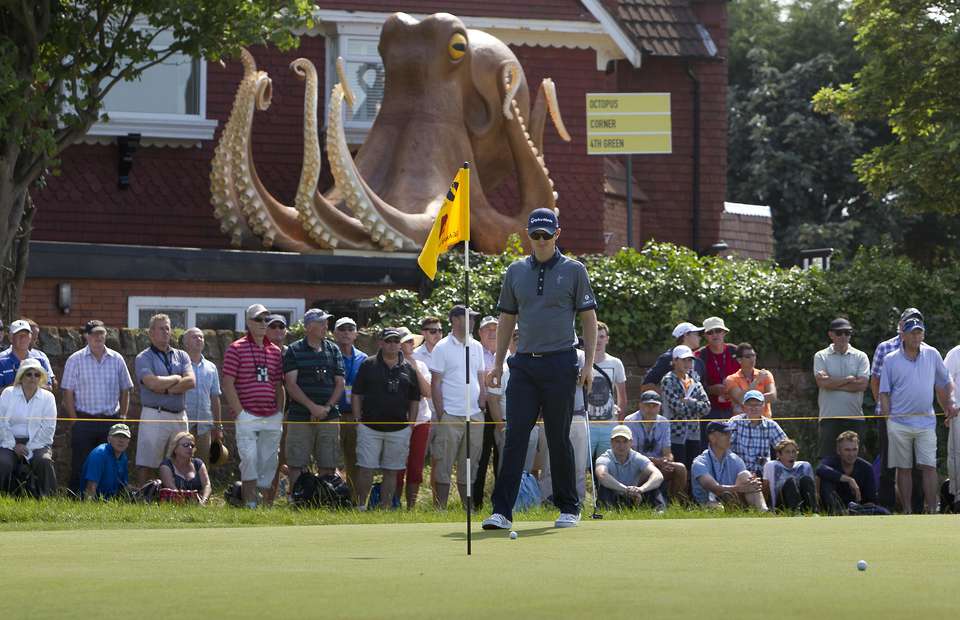 As The Open Championship teed off yesterday at Hoylake so does the fun and games as Beftfair have come up with a new comedy stunt.
As The Open Championship teed off yesterday at Hoylake so does the fun and games as Beftfair have come up with a new comedy stunt.
The betting company has planted a giant Octopus on the course, just by the fourth green as spectators and players such as Miguel Angel Jimenez and Justin Rose were met with disbelief. The Betfair Octopus has been placed in a garden by the green in acknowledgement to Liverpool’s most famous exports, The Beatles, with their song Octopus’s Garden. This strange sight has been greeted with a few laughs and smiles, but it was down to business for many of the pros, as they managed to ‘sink’ a fair few stellar putts on the first day of this prestigious golf tournament, giving the fans a great first day at Royal Liverpool.
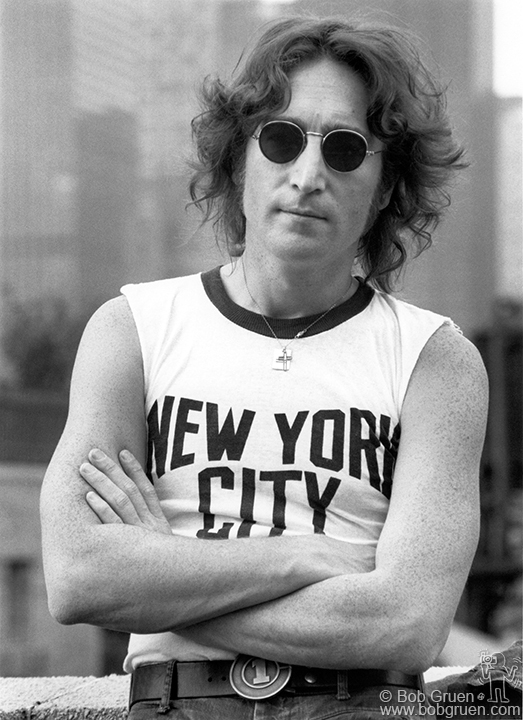 A homage to the music, mystery and memory of John Lennon is coming to the Wide Bay next month.
A homage to the music, mystery and memory of John Lennon is coming to the Wide Bay next month.
The production Looking Through The Glass Onion is part concert and part biography as John Waters captures the life and times of one of the most fascinating icons of our time. I caught up with John earlier and asked him if he was surprised that the tour, which first got underway in 1992, is still going strong?...
Source: ABC, Brisbane
details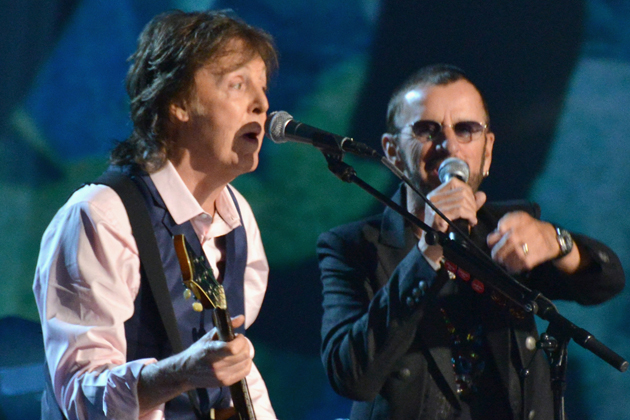 Happy Birthday Ringo! Paul and the band recently celebrated Ringo's birthday in Pittsburgh, Pennsylvania, and Paul reminisces about when he and Ringo first took to the stage together.
Happy Birthday Ringo! Paul and the band recently celebrated Ringo's birthday in Pittsburgh, Pennsylvania, and Paul reminisces about when he and Ringo first took to the stage together.
The second leg of the 'Out There' world tour will resume 2nd August in Minneapolis. Check out Paul and Ringo rehearsing 'Queenie Eye' for the GRAMMY awards earlier in the year
Source: PaulMcCartney.com
details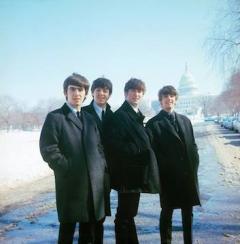 There's the chance to see waxworks of The Beatles in Sydney at the moment. The city's branch of Madame Tussauds is currently home to a late 1960s themed wax version of the well-known group.
There's the chance to see waxworks of The Beatles in Sydney at the moment. The city's branch of Madame Tussauds is currently home to a late 1960s themed wax version of the well-known group.The sculptures have come to Sydney from Tokyo as part of a tour and are set to head to San Francisco come September, meaning their time in Oz is limited. Visitors can stand with George, Paul, Ringo and John and create a personalised LP cover at the museum. Madame Tussauds has a long history with The Beatles. They were the first rock group to become waxworks for the museum brand and first had sittings with it as far back as 1964. The Beatles are perhaps the world's most famous band, behind hits like Please Please Me and Get Back.Madame Tussauds is far from the only museum in Sydney, of course. As you would expect from such a famous location, there are a wide range of places to see exhibits there, such as the Museum of Sydney on the corner of Phillip and Bridge Streets and The Australian Museum.
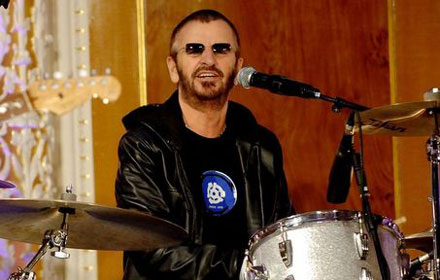 LOS BANOS, Calif. (KGO) --A 5-year-old Los Banos boy had the opportunity of a lifetime recently to meet Ringo Starr. The little boy's name is King Tobias, and he lives and breathes Beatles music. But his story is about more than just the Beatles. It's a sovereign tale of survival, inspiration and love.
LOS BANOS, Calif. (KGO) --A 5-year-old Los Banos boy had the opportunity of a lifetime recently to meet Ringo Starr. The little boy's name is King Tobias, and he lives and breathes Beatles music. But his story is about more than just the Beatles. It's a sovereign tale of survival, inspiration and love.
King has been listening to the fab four since he could barely walk. His mother Cali Tobias believes her son was 2 years old when he first heard a Beatles song on a CD. King listens to the Beatles music constantly on television, radio and CD's and even vinyl. And every nook and cranny of his room is covered in Beatles memorabilia. Cali says the fact that King can sing or listen to Beatles music at all is a miracle since he is the only survivor of a set of triplets. His mother says doctors had little hope King would make it. King not only survived, he's thrived. And he not only sings Beatles tunes, but four months ago he started learning to play Beatles songs.
King's guitar instru
details
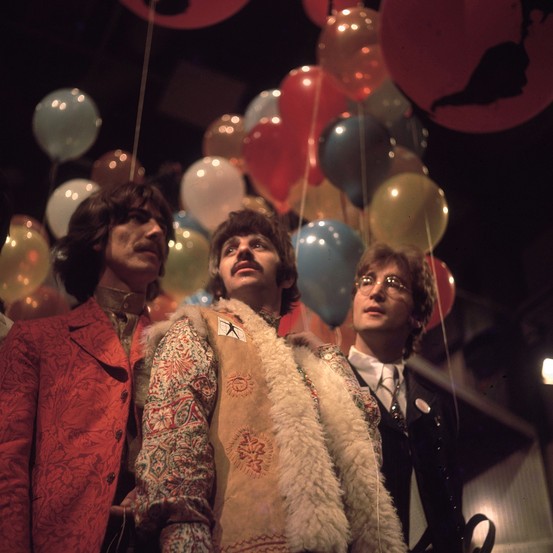 Meg Wolitzer, 55, is the author of 10 novels, including "The Interestings" (Riverhead), now in paperback. She spoke with Marc Myers. My mother, Hilma Wolitzer, published her first short story in the Saturday Evening Post in 1966, and with her $1,250 payment she bought herself freedom—a white Rambler station wagon.
Meg Wolitzer, 55, is the author of 10 novels, including "The Interestings" (Riverhead), now in paperback. She spoke with Marc Myers. My mother, Hilma Wolitzer, published her first short story in the Saturday Evening Post in 1966, and with her $1,250 payment she bought herself freedom—a white Rambler station wagon.
One day in 1967, as the family was driving to a diner in suburban New York, the Beatles' "Penny Lane" came on the radio. I remember shouting, in a staccato burst, for my mother and father and older sister to be quiet. Everyone politely listened to the song. To a 7-year-old, "Penny Lane" was a children's fantasy world. Even though the song was about adults—a barber, a banker, a fireman—they felt like little characters that fit inside my radio, and I wanted to go into that world and play with them. It was a world of bright oranges and yellows, far from the more muted tones of life in Syosset, N.Y., where I grew up.
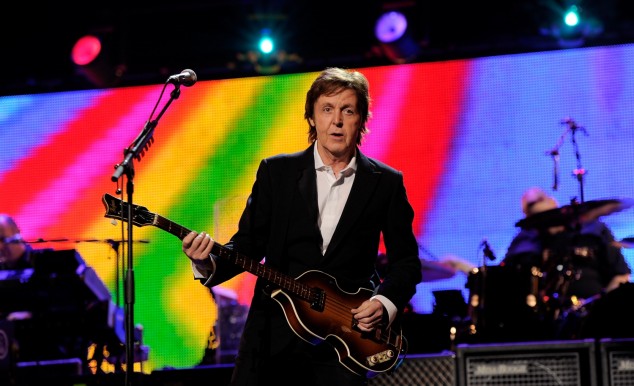 Paul McCartney probably isn’t the first person you picture when you think Ibiza, the Spanish island known for its hard-partying ways. But when he had the chance to go on vacation thanks to doctor’s orders to rest, he and his wife headed straight there. “We didn’t exactly go clubbing, but there’s plenty of it about,” he told Rolling Stone in a new interview.
Paul McCartney probably isn’t the first person you picture when you think Ibiza, the Spanish island known for its hard-partying ways. But when he had the chance to go on vacation thanks to doctor’s orders to rest, he and his wife headed straight there. “We didn’t exactly go clubbing, but there’s plenty of it about,” he told Rolling Stone in a new interview.
The Ibiza vacation didn’t last too long—McCartney’s currently on tour and isn’t planning on stopping anytime soon. “The answer to ‘Are you going to retire?’ is ‘When I feel like it,’” McCartney said. “But that’s not today.” On his Ibiza getaway: “So we went away to Ibiza. Obviously, there’s a lot of dance music there. We didn’t exactly go clubbing, but there’s plenty of it about. It’s in the air in that place. The house we rented didn’t have a good sound system, so I said, &ls details
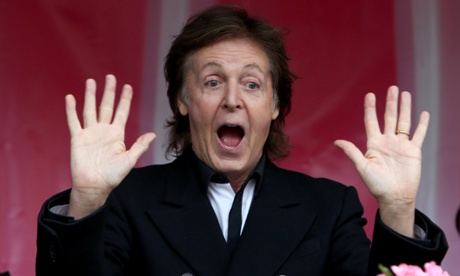 Paul McCartney is the latest musician to experiment with the idea of albums as apps, following in the footsteps of Björk, Lady Gaga, Jay-Z and Snoop Lion. Five of his classic albums – Band on the Run, McCartney, McCartney II,RAM and Wings over America – have been turned into iPad apps by label Concord Music Group, and released through Apple's App Store.
Paul McCartney is the latest musician to experiment with the idea of albums as apps, following in the footsteps of Björk, Lady Gaga, Jay-Z and Snoop Lion. Five of his classic albums – Band on the Run, McCartney, McCartney II,RAM and Wings over America – have been turned into iPad apps by label Concord Music Group, and released through Apple's App Store.
Each app includes remastered audio tracks, interviews, rare photos, album and single artwork, and videos including rehearsal footage and documentaries. The new apps cost £5.49 each, which is less than the remastered albums cost from Apple's iTunes music store, where they sell for between £7.99 and £10.99. McCartney is one of a growing number of musicians exploring apps as a new, interactive format for albums, with Björk's Biophilia app in 2011 the first high-profile example. It turned songs from the Biophilia album into mini-games, interactive art and music creation tools. Originally released for Apple devices, the details
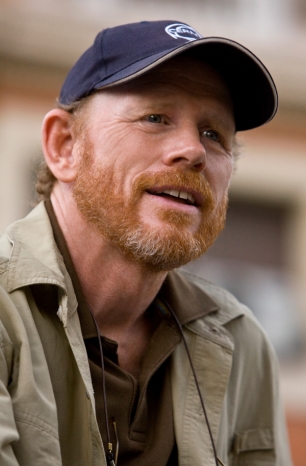 When Ron Howard was 9 years old, he was already a national television star on The Andy Griffith Show – and there was only one thing he wanted for his next birthday. "The gift that I was begging for was a Beatle wig," he tells Rolling Stone with a laugh. "And on March 1st, 1964, that's what I got: the Beatle wig of my dreams."
When Ron Howard was 9 years old, he was already a national television star on The Andy Griffith Show – and there was only one thing he wanted for his next birthday. "The gift that I was begging for was a Beatle wig," he tells Rolling Stone with a laugh. "And on March 1st, 1964, that's what I got: the Beatle wig of my dreams."
Now the Academy Award-winning director is coming full circle with his Fab Four obsession, having signed on to direct and produce an authorized, as-yet-untitled documentary about the touring years of the band’s career (approx. 1960-1966), a period in which the Beatles crossed the globe, sparked Beatlemania and released several classic albums (including A Hard Day’s Night and Rubber Soul). For it, he will interview surviving members Paul McCartney and Ringo Starr, as well as talk with Yoko Ono and Olivia Harrison (wife of the late George Harrison).
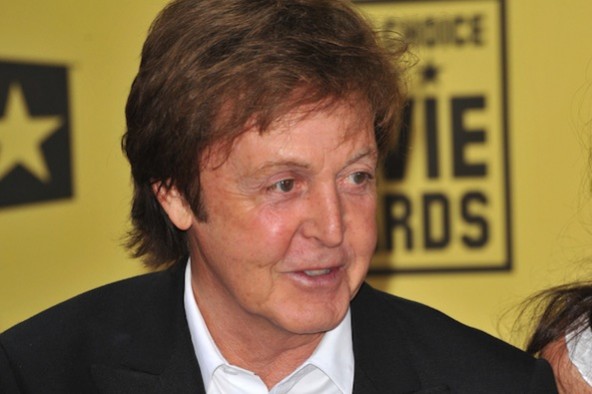 Sir Paul McCartney has brought his first-ever guitar out of retirement for the video for his new single, Early Days. Macca can be seen in the video playing the Zenith Model 17 acoustic guitar, which is 58 years old and was the first guitar he ever owned.
Sir Paul McCartney has brought his first-ever guitar out of retirement for the video for his new single, Early Days. Macca can be seen in the video playing the Zenith Model 17 acoustic guitar, which is 58 years old and was the first guitar he ever owned.
According to the Mail Online, the instrument he plays in the video was worth just £15 when he chose it, when he traded in a trumpet his dad gave him for his 14th birthday in 1956. Previously, Macca had said of the trumpet: "I used to play it a little bit. That was the hero instrument then, but it became clear to me fairly quickly that you couldn't sing with a trumpet stuck in your mouth." He also said of his initial difficulties playing the guitar: "I didn't realise it was because I was left-handed. It wasn't until I saw a picture of Slim Whitman, who was also left-handed, and I saw that I had the guitar the wrong way round." The Zenith was used by Paul on the Beatles' first trip to Hamburg, and he composed his first song on it, I Lost My Little Girl.
Listen to the Audio Version of this News details
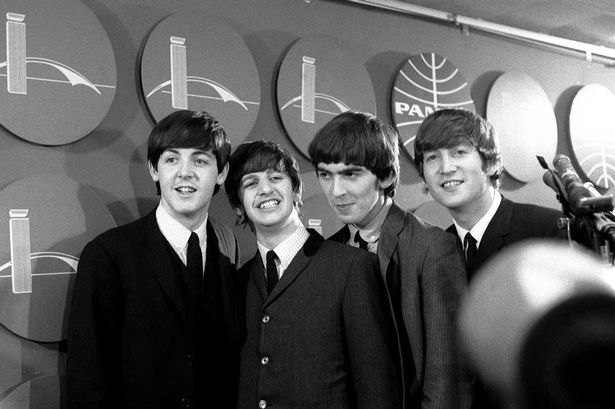 The Beatles have one of the smallest vocabularies in pop music according to a new poll analysing song lyrics. The Fab Four used just 688 words in their first three albums compared to 1890 used by Elvis Costello and 1748 by David Bowie.
The Beatles have one of the smallest vocabularies in pop music according to a new poll analysing song lyrics. The Fab Four used just 688 words in their first three albums compared to 1890 used by Elvis Costello and 1748 by David Bowie.
'Love' really is all they needed though, with John Lennon and Paul McCartney using the word 151 times - the most for any artists in the poll. The poll showed bands in Wales had the biggest vocabulary, using an average of 1316 different words across their first three albums with The Manic Street Preachers displaying the greatest lyrical prowess by using 2056 unique words, the largest number for any band in the poll. Britpop bands liked to keep it simple, with acts that started their careers in the 1990s using an average of 31.6 unique words per song, down from the 37 that were used by bands in the 1970s and the 1980s.
Listen to the Audio Version of this News Story details
